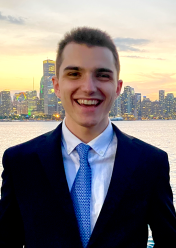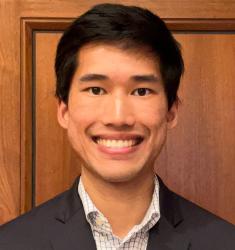What’s the latest thinking in fiscal and monetary policy? The Hutchins Roundup keeps you informed of the latest research, charts, and speeches. Want to receive the Hutchins Roundup as an email? Sign up here to get it in your inbox every Thursday.
AI narrows productivity gap among taxi drivers
Artificial intelligence (AI) can narrow the productivity gap between high- and low-skilled taxi drivers, find Kyogo Kanazawa of the University of Tokyo and co-authors. By suggesting routes for taxi drivers in Yokohama, Japan, to take, the program “AI Navi” reduced search time by 7.4% for low-skilled taxi drivers and 6.1% for middle-skilled drivers. On the other hand, high-skilled drivers saw essentially zero benefits. Rather than simply displacing jobs, AI’s impact on human labor can, in fact, be rather nuanced. To the extent that wages reflect productivity, AI has the potential to reduce wage inequality across workers within the same occupation, the authors conclude.
Nurse practitioners utilize more resources but have worse patient outcomes
Nurse practitioners perform the same tasks as physicians but are trained and compensated very differently. Using data on emergency department visits at Veterans Affairs (VA) facilities, David C. Chan Jr of Stanford and Yiqun Chen of the University of Illinois at Chicago find that nurse practitioners use more hospital resources (such as ordering more tests and formal consults for their patients) but achieve worse patient outcomes than physicians. Specifically, nurse practitioners increase the length of hospital stays by 11% and the cost of emergency care by 7%. Nurse practitioners utilize more resources because they are likely less skilled than physicians, the authors suggest. Indeed, the gap between physician and nurse practitioner performance decreases with provider experience. The high resource utilization and worse outcomes associated with nurse practitioners cost $74 million per year across VA emergency departments, the authors estimate, suggesting that, “despite having wages half that of physicians’ wages, [nurse practitioners] are still more costly to employ.”
Low-cost programs focused on improving parenting are as effective as more comprehensive childhood enrichment programs
Early childhood enrichment programs don’t need to be expensive to be effective. Jorge Luis García of Clemson and James Heckman of the University of Chicago find that low-cost home-visiting programs that focused on improving parenting had similar effects on children’s home environments and cognitive abilities as time-intensive, costly programs that offered more services. The findings suggest that “enhancing parenting [is] an essential ingredient” for effective early childhood enrichment, and that low-cost programs which focus on this component can achieve many of the same effects as more comprehensive alternatives. Additionally, the authors find that high-cost programs have been successfully replicated and scaled in the U.S. through the Head Start program, and that low-cost programs are also likely scalable. Because the programs studied overwhelmingly serve socioeconomically disadvantaged children from racial minorities, the authors argue “national implementation of the programs…would substantially shrink the overall U.S. Black-White earnings gap.”
Chart of the week: A measure of input prices fell in October
Source: Institute for Supply Management
Quote of the week:
“[W]e have made progress on [the] normalization path, but that we still have ground to cover. As we have made that progress, I am also telling you that the ultimate destination that we want to reach is the rate that will deliver the 2% inflation target in the medium term. That rate, by the way, is not necessarily the rate at which we will have considered that normalization is completed. It may well have to go beyond that, but what I am also telling you is that we are going to decide meeting-by-meeting on the basis of data … So, it might well be several meetings. Now, how ‘several’ is, that will be determined meeting-by-meeting. We know the path, we know the journey, we know the destination – which is not as clear as a figure that you would like to pin down because we cannot do that. We simply cannot do that,” says Christine Lagarde, President of the European Central Bank.
“[W]e have been utterly surprised by the unprecedented rise in inflation in a very short period of time that called for a change of our monetary policy stance. You’ve seen that we’ve moved from negative territory before July to now the 150 basis points for the DFR [Deposit Facility Rate]. We’ve done that because of the change of circumstances. Now, stance is one thing and it’s not enough. We need to have the best possible transmission, and that is the main reason why we are changing the interest rate … that will apply as of November. We’re doing that to make sure that there is no obstacle, that there is no deterrent to the transmission of our monetary policy, and that banks will actually transmit the lending rates, which by necessity of our monetary policy stance are higher and have to be higher.”
The Brookings Institution is financed through the support of a diverse array of foundations, corporations, governments, individuals, as well as an endowment. A list of donors can be found in our annual reports published online here. The findings, interpretations, and conclusions in this report are solely those of its author(s) and are not influenced by any donation.








Commentary
Hutchins Roundup: Taxi drivers, nurse practitioners, and more
November 3, 2022